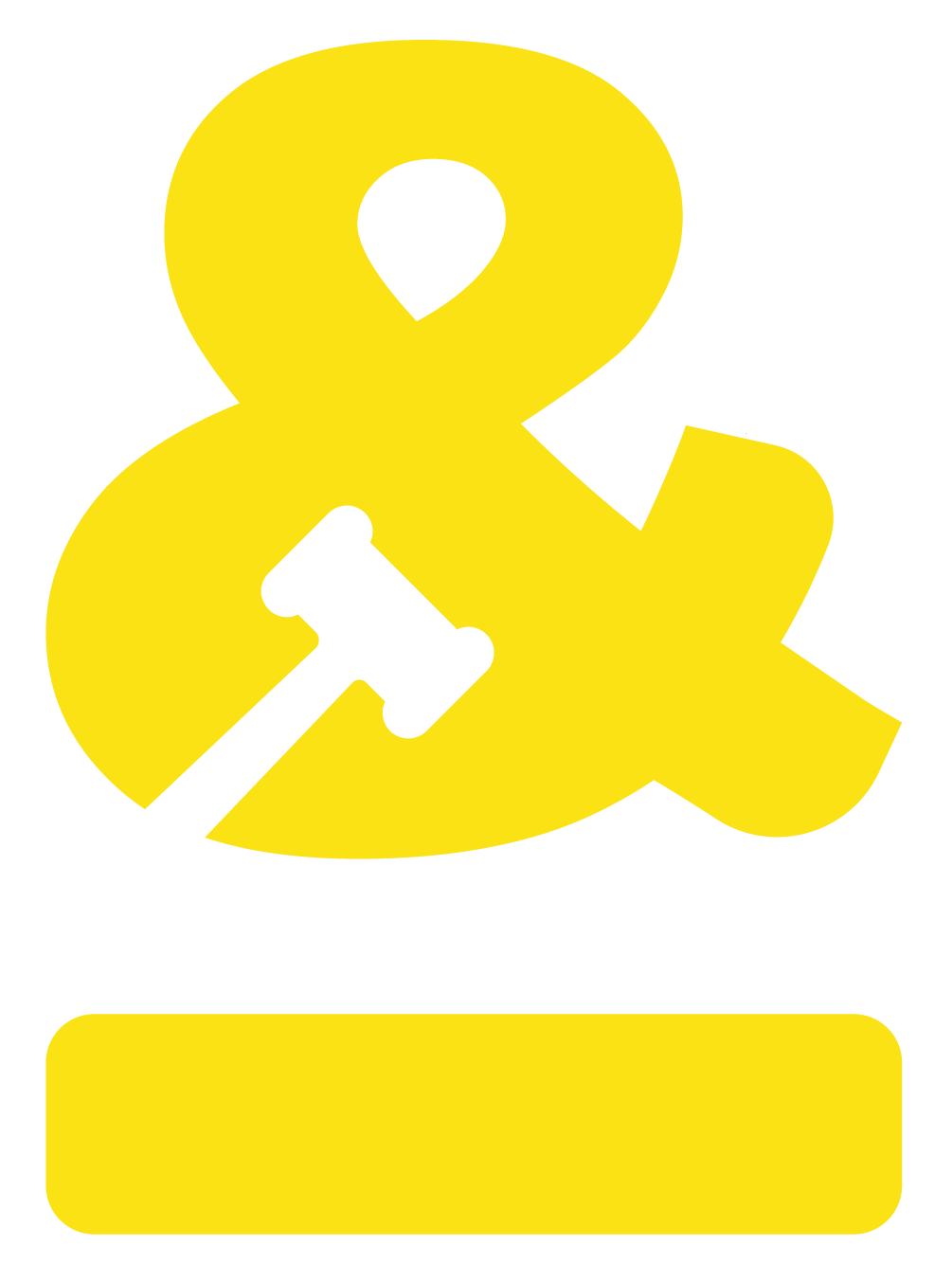The Alternatives to Incarceration
While incarceration is a common punishment for those who commit crimes, it isn’t always the right answer.
Many times, other solutions can help offenders rehabilitate more effectively than jail time.
Why are alternatives to incarceration used?
Criminal offenders who don’t pose a threat to the public might benefit from alternatives to incarceration. These methods can take the burden off of taxpayers and benefit the state.
How eligibility for incarceration alternatives is determined
Eligibility for alternative sentencing methods is typically determined on a case-by-case and county-by-county basis. However, offenders who committed a violent crime or pose a threat to public safety likely won’t be eligible.
A knowledgeable criminal defense attorney can help advocate for other methods of punishment by telling your story to the court and encouraging them to consider other measures.
How often are alternatives pursued by the courts?
These methods are becoming increasingly popular as jail populations rise. It’s no secret that Florida’s jail and prison systems are overcrowded, and officials are seeking alternative incarceration methods more than ever.
What are some alternatives to incarceration?
Many different incarceration alternatives can help reform offenders and get them back on track. Here are a few of the most common options.
Diversion Programs
Many counties throughout the state now offer diversion programs for first time offenders in low level misdemeanor and felony offenses, as well as traffic offenses like DUI.
Mental Illness Programs
Offenders who commit crimes due to serious mental illness might be eligible for diversion programs that include counseling sessions and other forms of therapy. Non-violent offenders might be eligible for mental health court. Charges are often dropped once the treatment conditions are satisfied.
In some cases, these programs might help reformed offenders find affordable housing, community health resources, and additional support.
Probation and House Arrest
Probation is a common alternative to incarceration that allows offenders to avoid jail time as long as they meet other conditions, such as passing drug tests, checking in with their probation officer, electronic monitoring, and other standards set forth by the court.
An offender’s health status and likelihood of re-offending, as well as overcrowding at incarceration facilities, can all contribute to the possibility of probation.
Drug and Alcohol Programs
Substance use disorders can increase the chances of winding up on the wrong side of the law, but incarceration isn’t typically the best way to address the underlying issues. In some cases, offenders can participate in addiction treatment programs that aim to help those dependent on drugs and alcohol.
Drug and alcohol programs typically require regular, random drug tests and frequent case reviews.
Community Service Programs
Community service can be its own alternative sentencing or a condition of other programs like probation and house arrest. This unpaid labor allows offenders to reimburse the community for their crimes. Most programs require the offender to perform a minimum number of hours per week until the conditions of their sentence are fulfilled.
Work Release Programs
Work release programs allow incarcerated people to work outside the facility and return to prison when their shift is over. This is only offered to offenders who have either shown to be trustworthy or can be sufficiently monitored.
Benefits of alternatives to incarceration
The benefits of incarceration alternatives extend beyond the offender and on to the community. Here are a few of the advantages these programs provide.
Alternatives can draw inmates away from crime
Recidivism rates are particularly high for offenders who enter the prison system. In fact, about 40% of incarcerated individuals will return to a prison cell within three years. That’s because incarceration doesn’t provide solutions for reform, only punitive measures.
Once offenders serve their time, they’re often much further behind than when they entered the system. Many will have trouble finding lucrative jobs and affordable housing with a documented criminal history.
In the long run, alternatives save money
High incarceration rates are a burden on taxpayers, as well as the city, state, and federal governments. However, many non-profit organizations are devoted to rehabilitating offenders and helping people get back on their feet. These groups work alongside government entities to reduce recidivism rates and increase public safety.
Of course, taxpayers are spending an exorbitant amount of money to hold so many offenders behind bars. The cost of housing, feeding, and caring for these offenders is unsustainable.
According to a 2020 report, the state of Florida spends $2.7 billion each year to incarcerate about 96,000 offenders. By allowing many of these offenders to serve time through alternative means, taxpayers could save over $870 million within five years.
Some issues are better resolved outside of incarceration
The prison system doesn’t address the underlying issues that put many offenders behind bars in the first place. Those who require drug treatment or mental health services won’t get the help they need in prison. After all, prison staff would need additional training and support staff to meet these needs, and we know the system is already stretched thin.
On the other hand, substance use treatment programs, mental health services, and ongoing rehabilitation can provide these offenders with a path toward success. These services use evidence-based practices to help many offenders avoid jail time and get back on the right track.
To learn more about alternatives to incarceration, contact Busciglio Sheridan & Schoeb!
If you or someone you love is facing a prison sentence, contact Busciglio Sheridan & Schoeb to see if an alternative to incarceration is possible. We’re dedicated to upholding justice and empowering our clients in the Tampa Bay area. Find out how we can help today!


